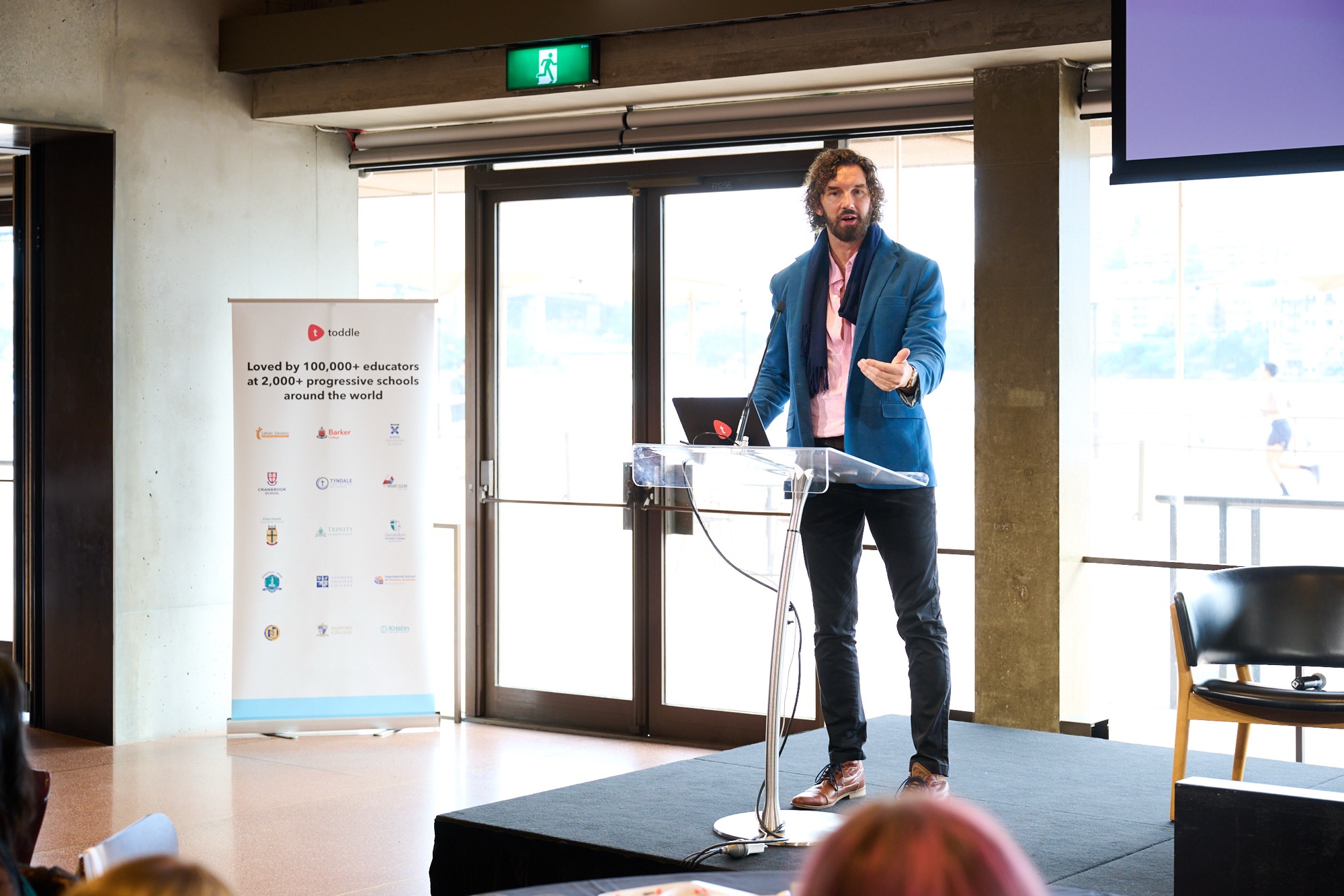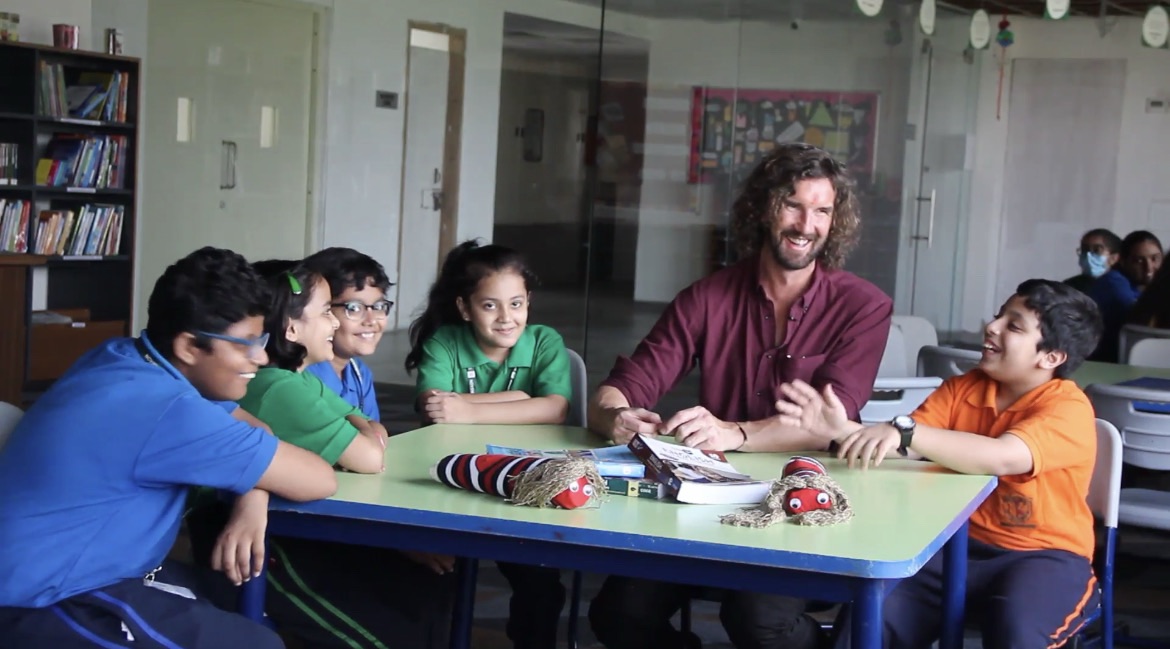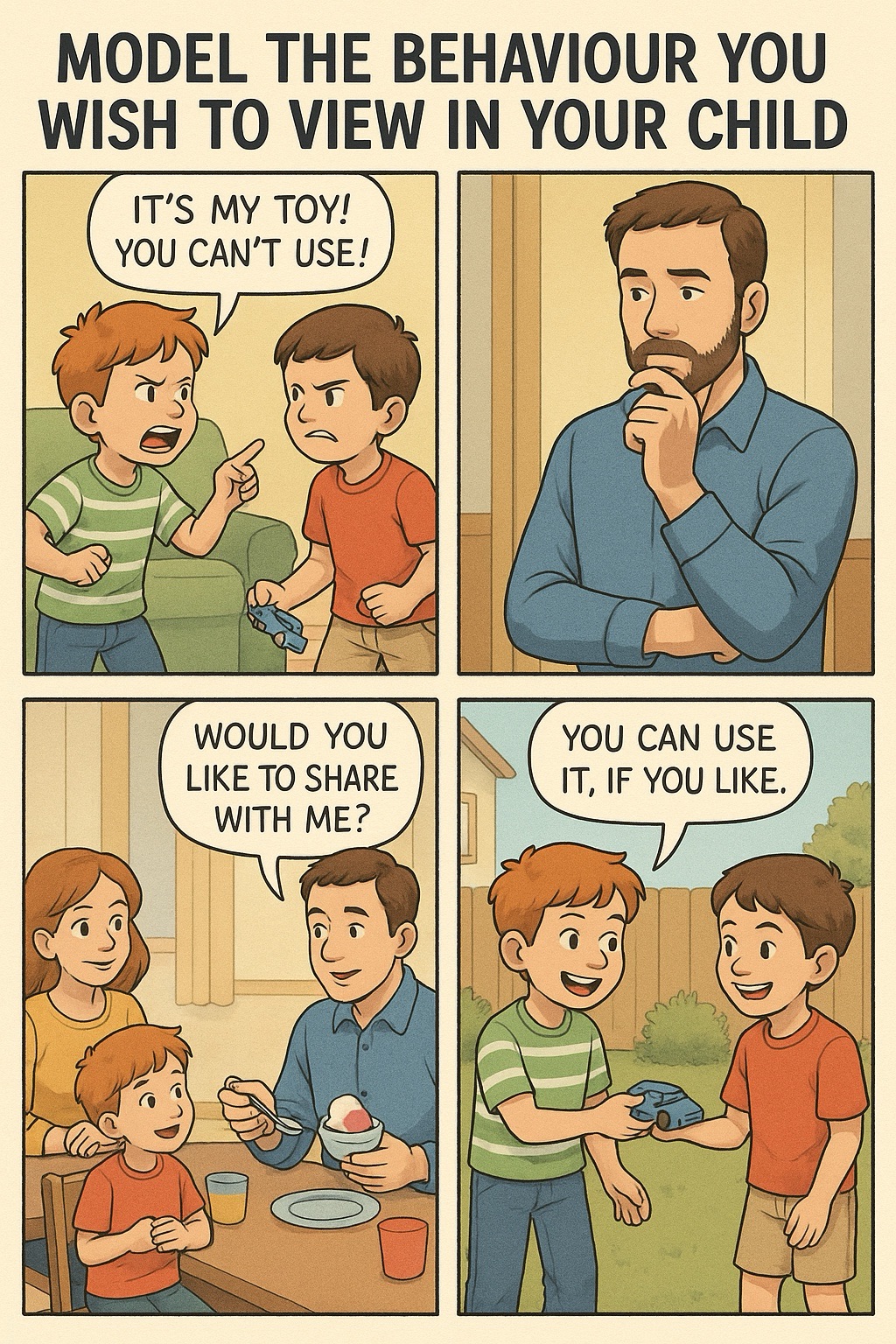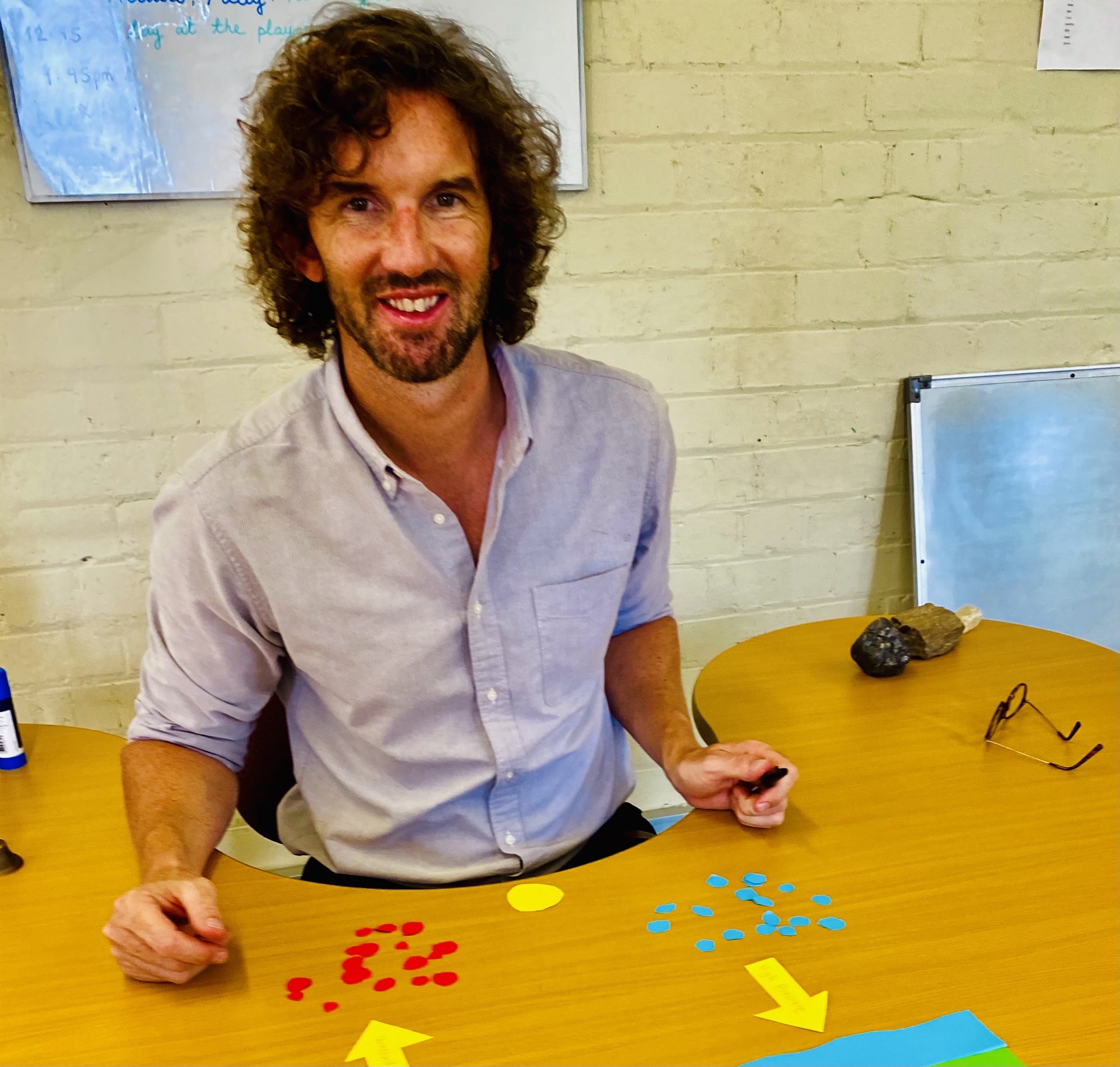Social Media and Our Children: What Are We Really Trading?
As parents, we find ourselves navigating a world that looks vastly different from the one we grew up in. Social media has become a dominant force, shaping the way we connect, communicate, and consume information. But before we decide to let our children join platforms like Facebook, Instagram, or TikTok, it’s worth asking: what are they really gaining—and what are they losing?
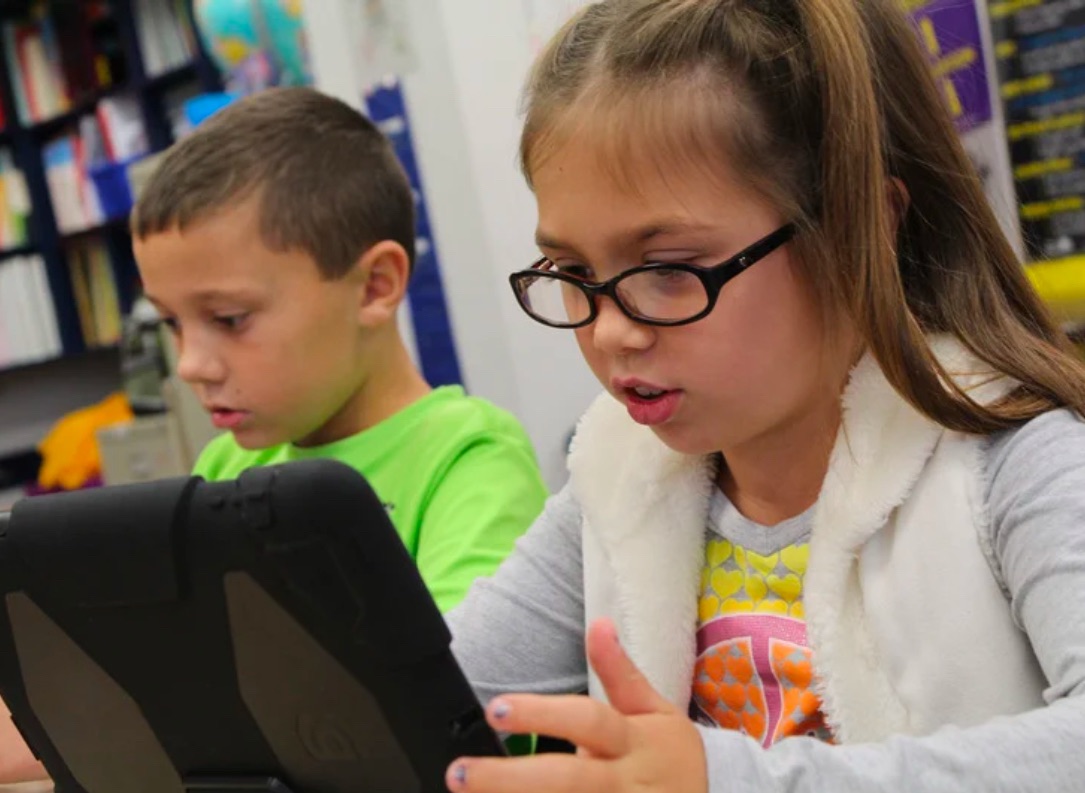
The Time Trade-Off
Let’s start with the numbers. Research shows that the average person spends about 2 hours a day on social media. That’s 730 hours a year, or roughly 30 days. Over the course of a lifetime, assuming a child starts using social media at age 13 and lives to 85, they could spend 7 years—yes, 7 years—scrolling, liking, and engaging with curated content.
As author and psychologist Dr. Jean Twenge points out, “Social media isn’t just taking up time—it’s shaping the way young people see themselves and the world. When hours are spent online, those are hours not spent building real-world relationships, pursuing passions, or simply being present in the moment.”
What Could Those Seven Years Mean?
Seven years is a long time. It’s enough time to earn a degree, learn multiple languages, or master an instrument. It’s time that could be spent reading hundreds of books, travelling, or even starting a business. For our children, those years represent an opportunity to explore who they are, away from the pressures of likes, followers, and filtered realities.
Imagine your child dedicating those 730 hours a year to learning a new skill or developing a passion. With just 30 minutes a day, they could become fluent in another language in a few years. They could volunteer, create art, or spend more time with family and friends—real connections that aren’t mediated by screens.
The Emotional Cost
It’s not just the time spent on social media that’s concerning. Studies have consistently linked heavy social media use to increased rates of anxiety and depression, particularly in teenagers. According to a study by the Royal Society for Public Health in the UK, Instagram and Snapchat were found to have the most negative impact on young people’s mental health, contributing to issues like poor self-esteem and fear of missing out (FOMO).
Dr. Twenge explains, “The more time teens spend on social media, the more likely they are to feel lonely, anxious, and dissatisfied with their lives. The comparison culture fosters an unrealistic sense of self-worth and a constant need for validation.”
Who Benefits from Social Media Use?
Here’s the tough reality: social media platforms aren’t free. They profit from our time and attention. Meta (the parent company of Facebook and Instagram) generates billions of dollars in ad revenue every year. Each time our children scroll, watch an ad, or engage with a post, they’re contributing to those profits.
If a child spends 2 hours a day on social media, the platforms could make around $14,000 from their lifetime usage. Seven years of their time, reduced to a monetary figure on someone else’s balance sheet.
“Social media companies are masters of designing systems that keep us hooked,” says Tristan Harris, a former Google ethicist and founder of the Center for Humane Technology. “Their algorithms are built to exploit human psychology, ensuring we keep coming back for more.”
What Can Parents Do?
This isn’t about banning social media outright. It’s about helping our children understand the value of their time and the impact of their choices. Here are a few ways to start:
1. Delay Social Media Use: The longer you can delay introducing social media, the more time your child has to build a strong sense of self without external validation.
2. Set Clear Boundaries: Create rules around screen time, such as no phones at the dinner table or during family time.
3. Encourage Real-World Connections: Help your child find hobbies, join clubs, or volunteer. These activities foster meaningful relationships and experiences.
4. Lead by Example: Model healthy technology use by limiting your own screen time and prioritising face-to-face interactions.
A Call to Reflect
The question isn’t just whether our children should be allowed on social media. The question is: how do we want them to spend their time?
Do we want them to look back on their lives and remember the hours they spent scrolling through curated feeds, or the time they spent learning, growing, and connecting with the world around them?
As parents, we have the power to guide them toward a future where their time is spent on things that truly matter. Because in the end, it’s not just about the hours they’ll save—it’s about the lives they’ll build.
Let’s choose wisely.
References:
Dr. Jean Twenge on Social Media and Mental Health:
“The more time teens spend on social media, the more likely they are to feel lonely, anxious, and dissatisfied with their lives.”
Source: Jean Twenge, iGen: Why Today’s Super-Connected Kids Are Growing Up Less Rebellious, More Tolerant, Less Happy—and Completely Unprepared for Adulthood.
Tristan Harris on Social Media’s Design:
“Social media companies are masters of designing systems that keep us hooked. Their algorithms are built to exploit human psychology, ensuring we keep coming back for more.”
Source: Tristan Harris, The Social Dilemma (documentary) and various interviews, including with The New York Times. (thetimes.co.uk)
Ashwin Vasan on Delaying Smartphones for Children:
“Delaying giving children smartphones until at least age 14 can significantly protect their mental health.”
Source: Ashwin Vasan, NYC Health Commissioner, New York Post interview (nypost.com).


